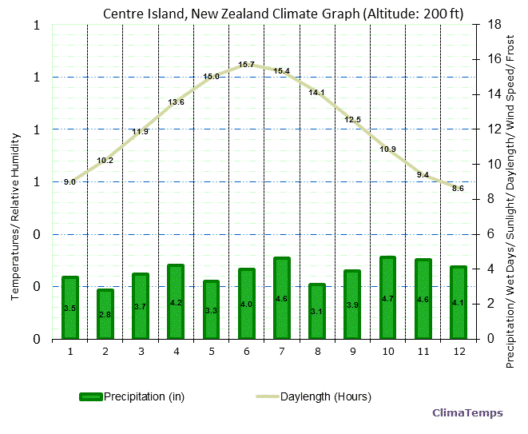The intricate relationship between thermodynamics and global warming encompasses scientific principles that govern energy transfer, heat, and matter. To elucidate this connection, one must first comprehend the fundamental laws of thermodynamics, which establish the foundational framework for understanding energy dynamics within Earth’s system.
Thermodynamics articulates its principles through four main laws. The first law, often termed the law of energy conservation, asserts that energy cannot be created or destroyed, only transformed from one form to another. In the context of global warming, this law highlights the transformation of solar energy into various energy forms on Earth, such as thermal energy. For instance, sunlight warms the Earth’s surface, and this energy is subsequently re-radiated back into space as infrared radiation. However, this radiation is partially trapped by greenhouse gases in the atmosphere, which leads to the phenomenon of the greenhouse effect.
The second law of thermodynamics posits that in any energy transfer, there’s an inherent tendency for entropy—or disorder—to increase in an isolated system. This principle is pivotal when examining the efficiency of energy use and conversion processes. Increased entropy indicates that energy is being transformed into less usable forms. In relation to climate systems, when fossil fuels are combusted, the process generates energy but also results in increased greenhouse gas emissions, contributing to atmospheric heat retention. Consequently, this amplification of thermal energy in the atmosphere facilitates global warming.
In conjunction with these laws, the concept of heat transfer mechanisms plays a crucial role in understanding thermodynamics as applied to climate change. Three principal modes delineate how heat is exchanged: conduction, convection, and radiation. Conduction involves direct contact between materials, affecting local temperature gradients. Convection occurs when heated fluid (air or water) rises, distributing thermal energy more broadly throughout the atmosphere or ocean. Radiation, the transfer of heat through electromagnetic waves, is fundamentally essential in planetary heating as solar radiation reaches Earth. The atmospheric composition, particularly concentration levels of carbon dioxide (CO₂), methane (CH₄), and nitrous oxide (N₂O), critically influences how effectively this radiation is absorbed and emitted, thus exacerbating global warming.
A pivotal aspect of thermodynamics relevant to climate change is the greenhouse effect. This effect is not inherently detrimental; it is a natural phenomenon that sustains life by regulating Earth’s temperature. However, human activities have significantly amplified the concentration of greenhouse gases beyond natural levels, leading to enhanced greenhouse effect and consequently, climate change. As the concentration of these gases rises, Earth’s radiative balance is altered, trapping more heat and subsequently elevating global temperatures.
Several anthropogenic sources contribute to greenhouse gas emissions, predominantly fossil fuel combustion, deforestation, and industrial processes. The thermodynamic insight into these processes reveals that the energy dynamics of extracting and burning fossil fuels is extensively inefficient, resulting in excessive heat and greenhouse emissions. Moreover, deforestation reduces the number of trees that can absorb CO₂, further intensifying climate change.
The thermodynamic cycles, notably the carbon cycle, are also crucial in elucidating the correlation between thermodynamic principles and global warming. The carbon cycle represents the continuous movement of carbon among the atmosphere, oceans, soil, and living organisms. Human interference in this cycle, by accelerating CO₂ release through various activities—such as burning fossil fuels or converting forests to agricultural land—has disrupted the cyclical balance. Thermodynamics explains how this disruption leads to an accumulation of heat within the atmosphere, ultimately inducing climate variability.
Furthermore, the laws of thermodynamics suggest potential avenues for mitigating global warming through energy efficiency and alternative energy sources. By enhancing the efficiency of energy systems, less energy is wasted as heat, and consequently, fewer greenhouse gas emissions are produced. Technologies such as heat pumps, solar panels, and wind turbines embody this thermodynamic application, converting and utilizing renewable energy sources while minimizing global warming potential.
Moreover, the thermodynamic principle of energy quality must be considered regarding energy conversion and storage. Renewable energy sources, though abundant, often require sophisticated technologies for effective harnessing and storage. Thermodynamic efficiency can vary significantly across energy types, underscoring the need for advanced solutions that promote sustainable energy usage while reducing greenhouse gas emissions.
In conclusion, thermodynamics provides a robust framework for understanding the complexities of global warming. By elucidating the energy transformations and heat exchanges in Earth’s climate system, one can appreciate the intricate balance of energy that sustains life. Strategies to counteract global warming must thus align with thermodynamic principles, focusing on energy efficiency, reduced greenhouse gas emissions, and sustainable practices. Emphasizing a thermodynamic perspective enables a comprehensive approach to confronting climate change, fostering a more resilient and sustainable future for all forms of life on Earth.







